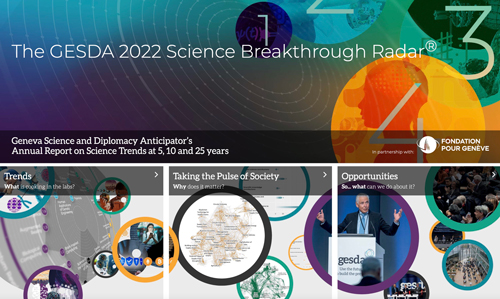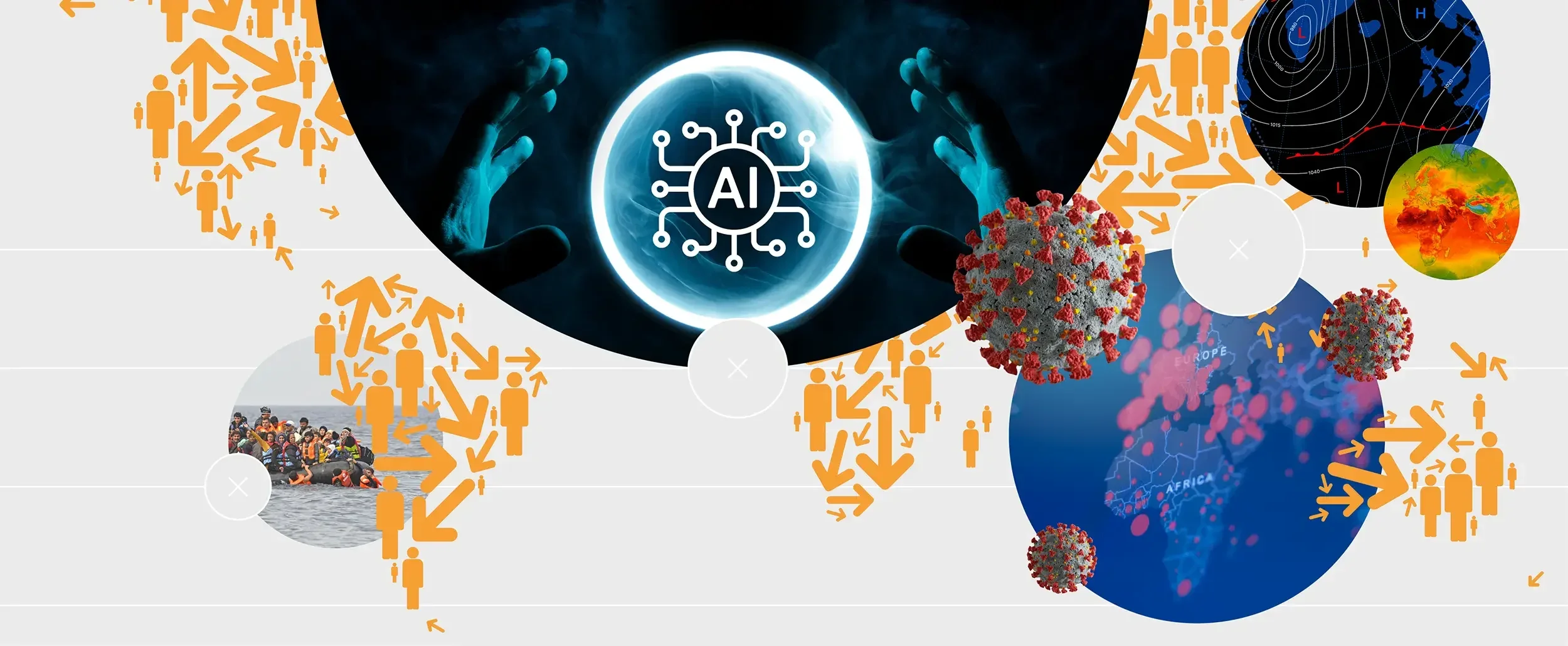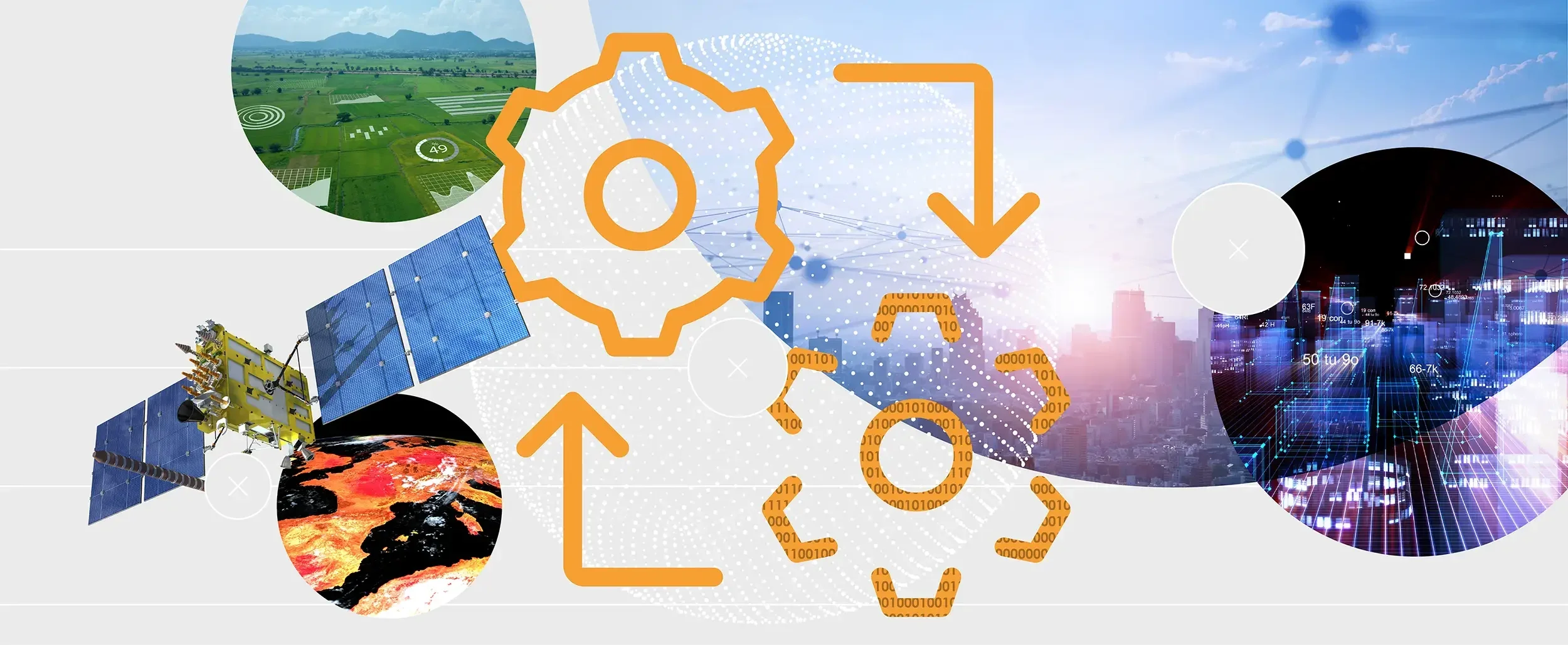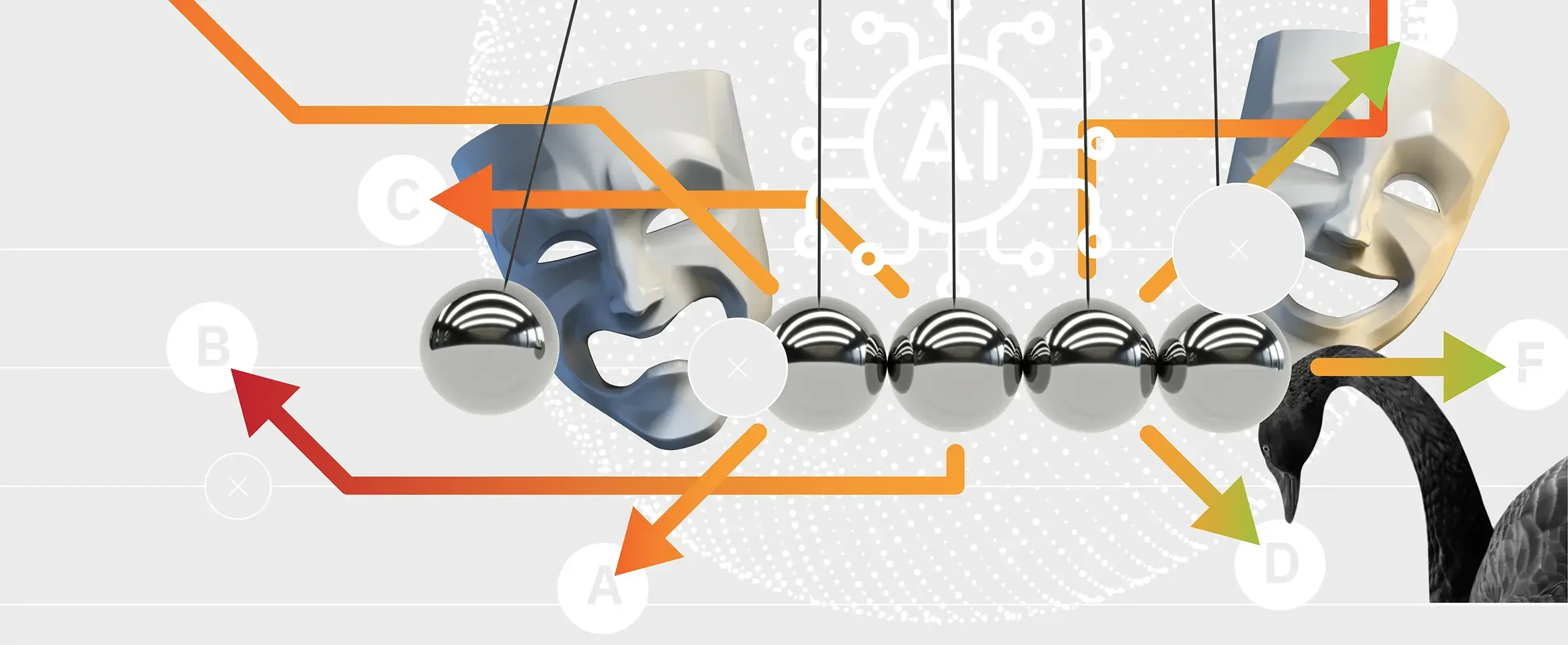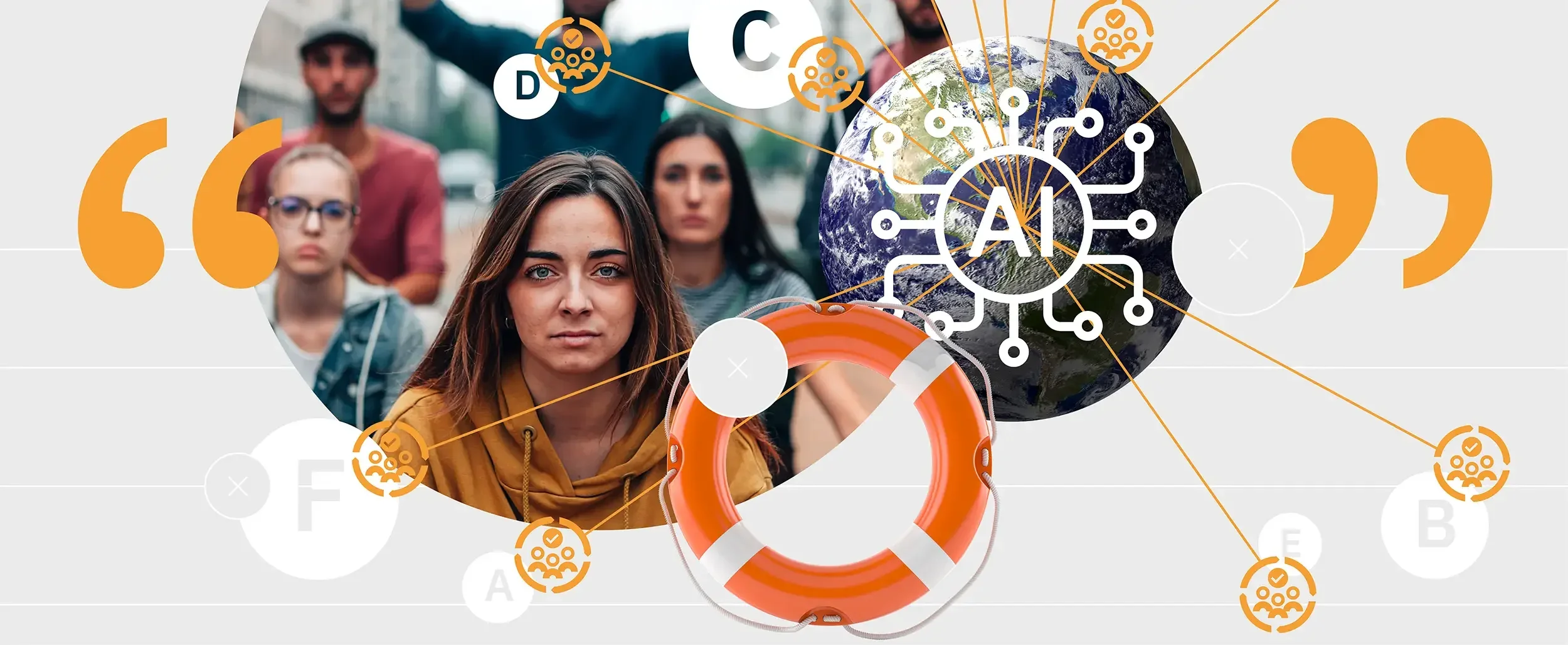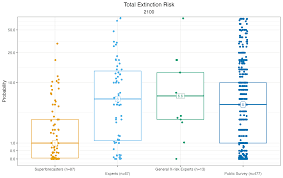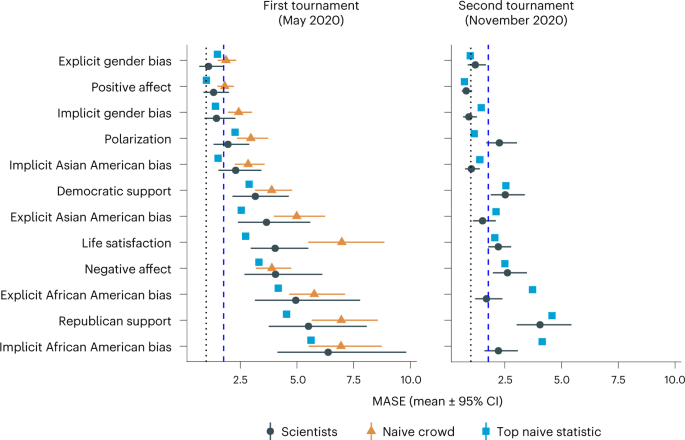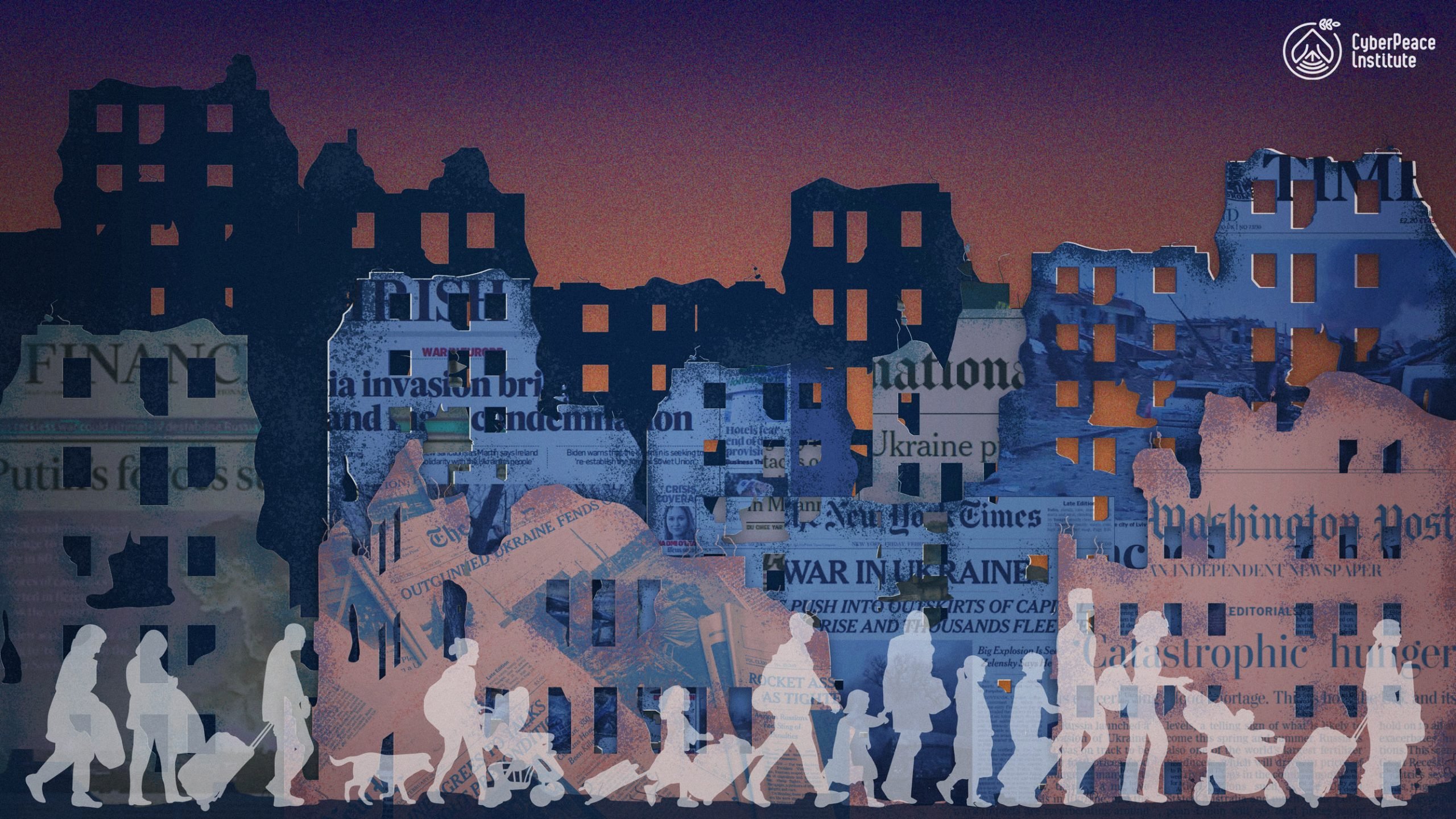Our attempts to see what the future holds can be grouped into two broad categories: prediction and foresight. Prediction is based on understanding of the factors that determine a system’s behaviour, and how they affect each other. We can then predict how the state of that system will evolve given changes in one or more of its underlying factors, and thus forecast its state at some date in the future.
Those predictions may be precise or fuzzy, depending on the quality of the data and the tractability of the system in question: simple physical systems are generally more predictable than complex social systems. In the latter domain, brains may outperform computers, and so attempts are being made to better understand and improve human-made predictions, whether made by individual superforecasters or by many people aggregated through prediction markets. At the same time, the range of tractable systems is being expanded through increasingly sophisticated modelling and simulation.
Sometimes, we can be confident that our prediction is broadly correct and a single outcome is highly likely. In other cases, however, there may be many distinct and plausible outcomes, and these may vary significantly. In these cases, we have to exercise foresight — a collective term for methods of gathering information relevant to these outcomes and exploring their ramifications. This activity can be carried out “top-down”, as in strategic foresight, or “bottom-up” as in participatory futures.
SELECTION OF GESDA BEST READS AND KEY REPORTS:
In February 2023, The Forecasting Collaborative published Insights into the accuracy of social scientists’ forecasts of societal change, highlighting the impact of expertise on forecasting. The profound impact of AI in extracting insights from vast digital evidence was explored in an April discussion from Slovenja entitled AI, What Does the Future Hold for Us? Automating Strategic Foresight. This article painted a future where strategic foresight could be delivered automatically through AI-powered knowledge graphs and machine learning. Forecasting Existential Risks Evidence from a Long-Run Forecasting Tournament, published in July, explored the findings of the Existential Risk Persuasion Tournament, revealing significant variances between historically accurate forecasters and domain experts on looming threats, most notably on AI-induced existential risks, posing pressing questions about the vast disparity in risk assessments.
